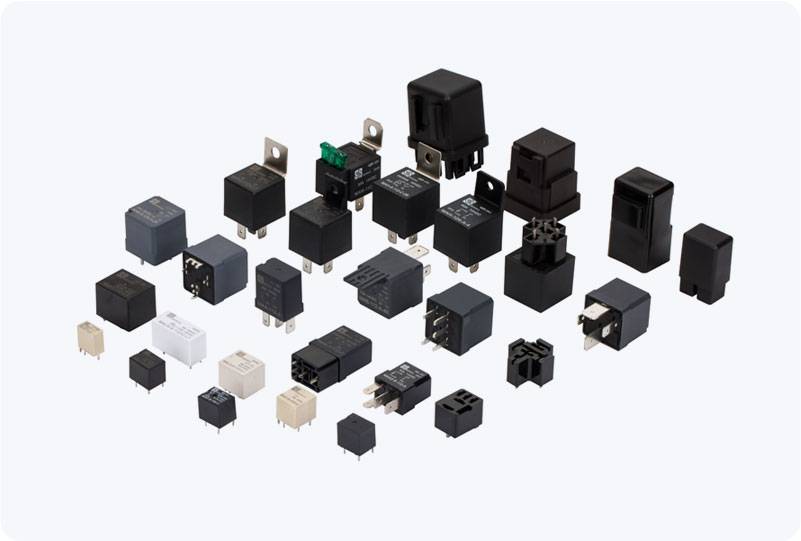Overload relays are essential components in the electrical protection systems of motors, commonly used to safeguard motors from damage caused by excessive current. Overload conditions, where the motor is required to work harder than its rated capacity, can cause severe damage over time if not properly addressed. This article explores the functionality, types, importance, and application of overload relays in industrial and commercial motor protection.

What is an Overload Relay? An overload relay is a protective device designed to prevent electric motors from drawing too much current and overheating. In simple terms, it monitors the motor’s current and disconnects the power supply when the current exceeds a preset threshold for a certain period. By doing so, it prevents damage to the motor windings, reduces the risk of fire, and prolongs the motor’s operational life. When an electric motor is subjected to a load greater than its rated capacity, the motor draws more current. If this continues over an extended period, the motor can overheat, leading to insulation breakdown, winding damage, and eventual motor failure. Overload relays detect these dangerous conditions and prevent them by cutting off the power supply to the motor.